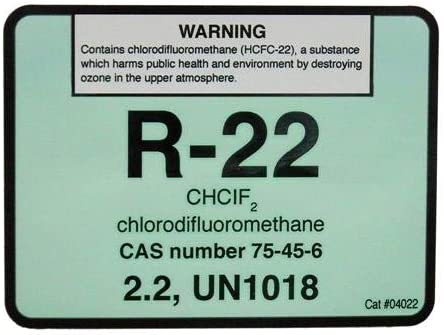
R22 is a chlorodifluoromethane (HCFC) refrigerant that was commonly used in air conditioning and refrigeration systems. It has been phased out of production and importation due to its ozone depletion potential.
Because R22 has a high ozone depletion potential. The famous ozone layer hole that we all heard about was mainly caused by HCFCs such as R22.
R22 was phased out in stages over several years. The production and importation of R22 in the developed countries were banned as of January 1, 2010, as per the Montreal Protocol, but the use and servicing of existing equipment that uses R22 was still allowed. As of January 1, 2020, the sale, purchase and use of R22 was banned in most of the countries, as the final phase out of the refrigerant.
R410A is a common replacement for R22 in air conditioning and refrigeration systems. R410A is a hydrofluorocarbon (HFC) refrigerant that does not deplete the ozone layer and has a lower global warming potential compared to R22. R410A operates at a higher pressure than R22, so systems using R410A require different equipment and may require modification of existing systems. Other alternatives include R407C, R134A and R32.
Unlicensed contractors may offer to recharge a leaky R22 system with more refrigerant but it’s very likely tha R22 will leak out almost instantly; sealants, chemicals and promises do not prevent leaks. In 2023, you should not be recharging a leaky R22 system and expecting to save money doing it. Leaks get bigger over time and R22 is expensive. Don’t pay for air.
